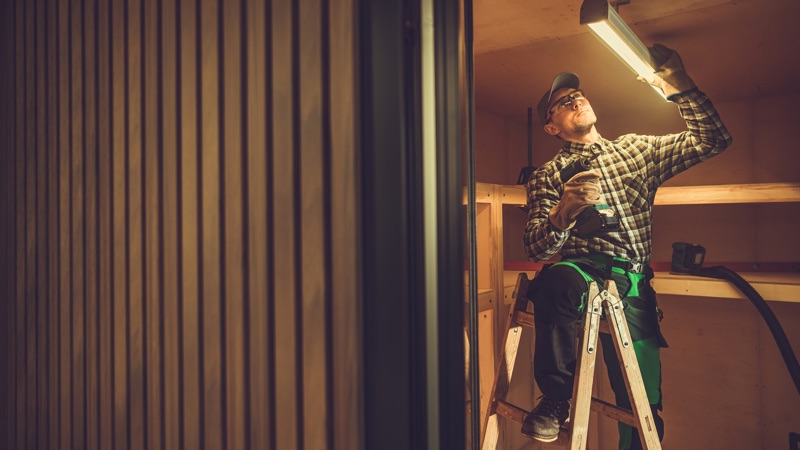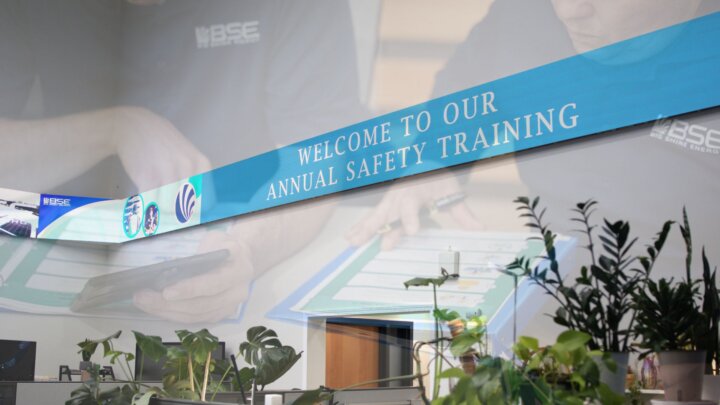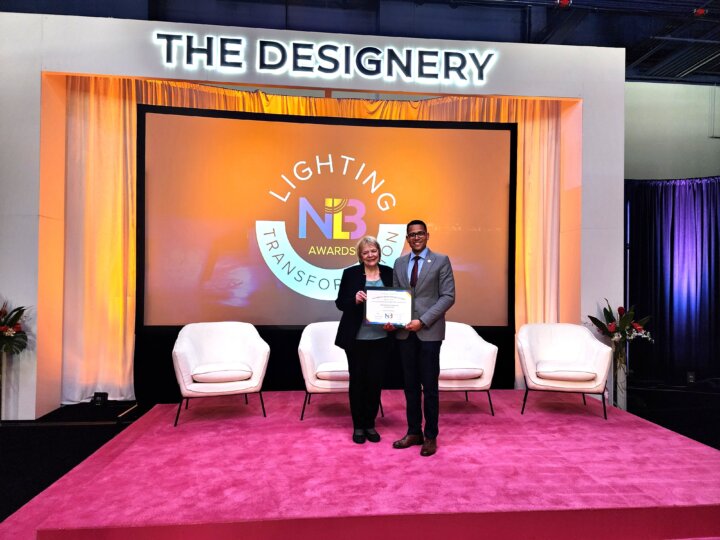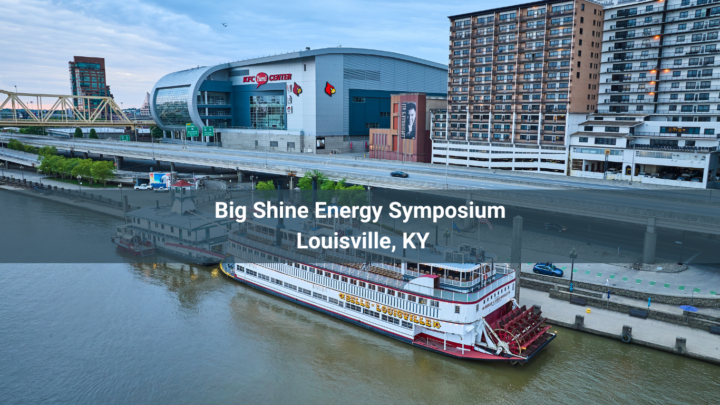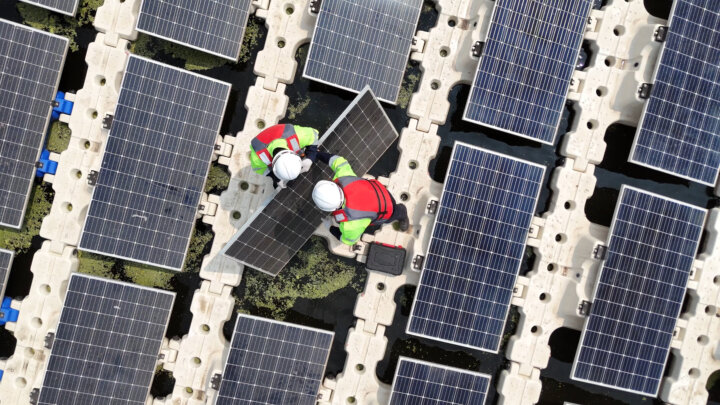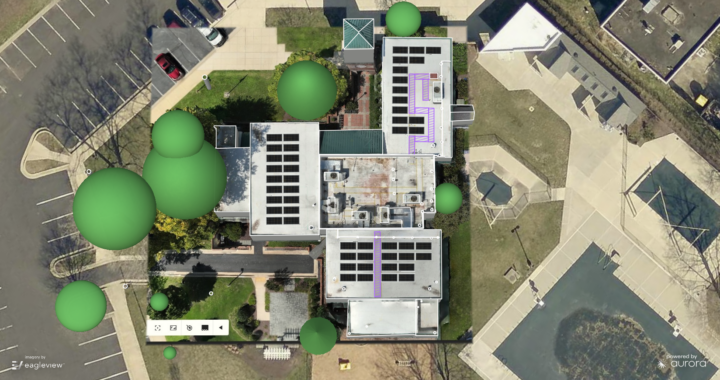In the pursuit of a greener and more sustainable future, New York City has implemented Local Law 88 (LL88). Aimed at reducing energy consumption and carbon emissions, LL88 addresses the significant impact of non-residential lighting and tenant electrical usage in large buildings. Big Shine Energy is here to help educate companies on the essential aspects of this law and how to navigate its requirements.
The Impact and Purpose of Local Law 88
According to the legislative findings of Local Law 88, non-residential lighting accounts for approximately 18% of energy usage and carbon emissions from buildings in NYC. Additionally, tenant electrical use in many large buildings contributes substantially to electricity consumption, often without tenants’ awareness of their energy patterns.
Advancements in lighting technology now make it possible to significantly reduce energy consumption through more efficient lighting systems. By upgrading these systems, businesses can realize operational savings while contributing to NYC’s sustainability goals. Many large buildings have a single master meter for electricity, making it challenging to track individual tenant energy usage accurately. LL88 seeks to remedy this by promoting the installation of electrical sub-meters to provide better data on energy consumption at a per-tenant basis.
Article 310: Required Upgrade of Lighting Systems
- Covered Building: LL88 applies to buildings exceeding 25,000 gross square feet or two or more buildings on the same tax lot exceeding 100,000 gross square feet. Condominium buildings governed by the same board of managers that collectively exceed 100,000 gross square feet are also covered under this law.
- Upgrade Definition: An upgrade involves installing or modifying a building’s lighting system to meet the standards required for new systems. This includes lighting controls, tandem wiring, exit signs, interior lighting power requirements, and exterior lighting.
- Compliance Deadline: Building owners must upgrade lighting systems to meet the standards set forth in section 805 of the NYC Energy Conservation Code or applicable standards referenced in the code by January 1, 2025. Owners must file a compliance report with the department, prepared by a registered design professional or licensed electrician, certifying completion and compliance with NYC Electrical Code standards.
Article 311: Installation of Electrical Sub-Meters in Tenant Spaces
- Covered Building: The same criteria for covered buildings apply as mentioned in Article 310.
- Covered Tenant Space: This refers to tenant spaces larger than 10,000 gross square feet or a floor consisting of tenant spaces let to different persons.
- Sub-Meter Requirement: Starting January 1, 2025, each covered tenant space must have sub-meters installed to measure electrical consumption. Building owners must install sub-meters for existing covered tenant spaces and any new spaces created within the building.
- Monthly Statements: Tenants or subtenants with sub-meters must receive monthly statements showing their electricity consumption and any associated charges. For spaces with shared sub-meters, the statement will also indicate the percentage of the area leased by the tenant.
Fines for Non-Compliance
Building owners who fail to comply with LL88 regulations by the deadline may face penalties and fines. These can range from several hundred dollars to several thousand dollars depending on the severity, the extent of the violations, and the building size. It is essential for building owners to understand the potential consequences to ensure timely compliance and avoid such fines. Multiple violations can lead to cumulative fines, significantly impacting the building’s budget.
Additionally, failure to comply with LL88 may result in compliance violations being recorded on the building’s Energy Efficiency Report (EER). This report is publicly available and can influence potential tenants, investors, and stakeholders who prioritize energy efficiency and sustainability.
Steps to Avoid Fines
To avoid fines and ensure compliance with LL88, building owners and operators should take the following steps:
- Understand the Requirements: Familiarize yourself with the specific requirements outlined in LL88, including the lighting system upgrades and submetering installations applicable to your building.
- Conduct Energy Audits: Perform comprehensive energy audits to assess the current lighting systems and identify areas that require upgrades or improvements to meet LL88 standards.
- Engage Qualified Professionals: Collaborate with experienced energy efficiency companies, like Big Shine Energy, that specialize in LL88 compliance. These professionals can guide you through the process, recommend appropriate lighting solutions, and ensure compliance with all regulatory requirements.
- Develop an Implementation Plan: Create a detailed plan to address the necessary lighting upgrades and submetering installations within the designated timeframe. Consider budgetary requirements, procurement processes, and coordination with tenants to streamline the implementation process.
- Monitor Deadlines: Stay informed about the deadlines associated with LL88 compliance and ensure that all necessary upgrades and installations are completed by the required date.
Big Shine Energy can help to not only conduct the energy audits for your buildings but provide a turnkey service with installation of lights and controls to ensure full compliance. Let’s create a greener future together.
